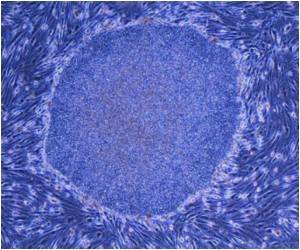
“It is quite amazing how just one dose of the fusion protein was enough to induce significant tissue regeneration in two weeks” says the paper’s lead author Piyush Koria, PhD, formerly a postdoctoral fellow at the MGH-CEM and now at the University of South Florida. “Previous reports have suggested that KGF can help heal chronic wounds. But in most studies the growth factor was applied to the surface of the wound, limiting its availability to deeper tissues and requiring repeat applications to produce any clinical benefit. Using large quantities of growth factor would make this therapy extremely expensive. Our work circumvents these limitations by more efficiently delivering KFG throughout the wound to stimulate tissue regeneration.”
The authors describe developing a fusion protein from recombinant KGF and elastin-like-peptides, which are major constituents of skin and other connective tissues. Laboratory experiments showed that the fusion protein retained the wound-healing properties of both elastin and KGF and that it rapidly and efficiently self-assembled into nanoparticles in response to a simple increase in temperature. When applied to deep skin wounds in genetically diabetic mice, the nanoparticles accelerated healing by stimulating the formation of both surface epithelial tissue and thick fibrous connective tissue.
“This technology has great potential because the fusion protein can be easily manufactured at a relatively low cost, is easy to administer and does not disappear as readily as the growth factor alone,” explains Martin Yarmush, MD, PhD, director of the MGH Center for Engineering in Medicine and senior author of the study. “The technology also provides a platform for delivery of any growth factor or combination of factors. One could imagine administering a mixture of nanoparticles, each with a different factor, or a single set of nanoparticles with a mixture of fusion proteins on each.”
Additional co-authors of the report are Hiroshi Yagi, MD, PhD, and Yuko Kitagawa MD, PhD, Keio University in Japan; and Zaki Megeed, Yaakov Nahmias, PhD, and Robert Sheridan, MD, Massachusetts General Hospital. The study was supported by grants from the National Institutes of Health, Shriners Hospitals for Children, and the U.S. Department of Defense.
Advertisement









